I’ve been digging things up lately, but not in the garden.
Who knew I’d need a few emergency courses in microbiology in order to explain why things like vinegar, lemon juice, baking soda and salt are magical household cleaners, and how they actually thwart bad bacteria and pathogens. Elio over at Small Things Considered has been a wonderful help in answering my questions, directing me to germ specialists and confirming my suspicions about the invisible little buggers.
I ordered an Environmental Microbiology textbook. (Hey, I studied in the college of social and behavioral sciences, not hard sciences.) Solving these types of scientific mysteries probably wouldn’t be so involved if the chemical industry complex hadn’t so much to lose by people ditching thier Triclosan-laden products and chlorine bleach-infused sprays and opting for soap and hot water and common sense.
Slogging through a food science, food safety, microbiology-bender has also delivered me to the web-porch of Harold McGee, author and NYT columnist. I’ve decided it’s best to cut to the chase with all the microbiologists and smart people I’m contacting and ask them: What do you use to clean your kitchen? Do you separately disinfect, and if so, how?
The crazy thing about book research, well, research in general, is where you intended to go and where you end up are rarely the same. It’s possible to focus too finely on one point, and be missing the point entirely at the same time. Research has a lot in common with the garden.
Thankfully these experiments are sitting outside my window growing furiously and without a peep, not demanding further investigations into soil microbiology, yet (which is also covered in my new microbiology textbook, btw).
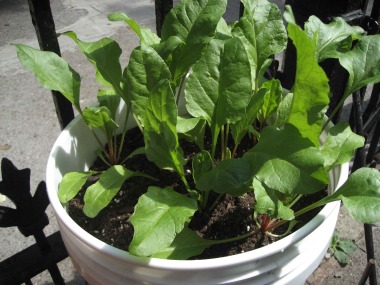
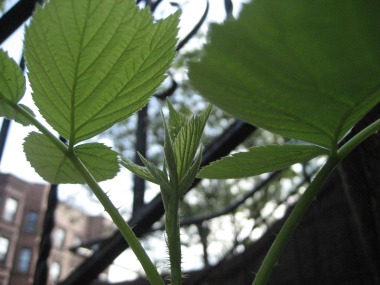 bucket o’ beetsreach of raspberries
bucket o’ beetsreach of raspberries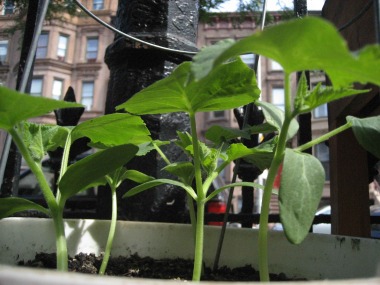 urban cukes
urban cukes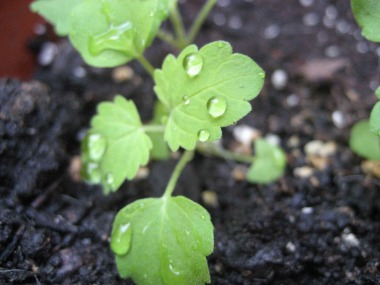 catnip for the gentleman kitty
catnip for the gentleman kitty
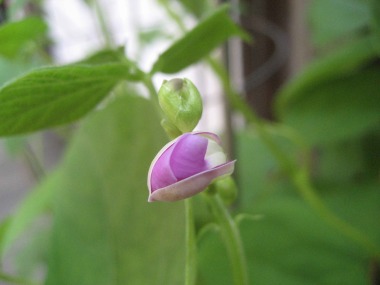
Sometimes it’s just more fun to leave things a mystery.
